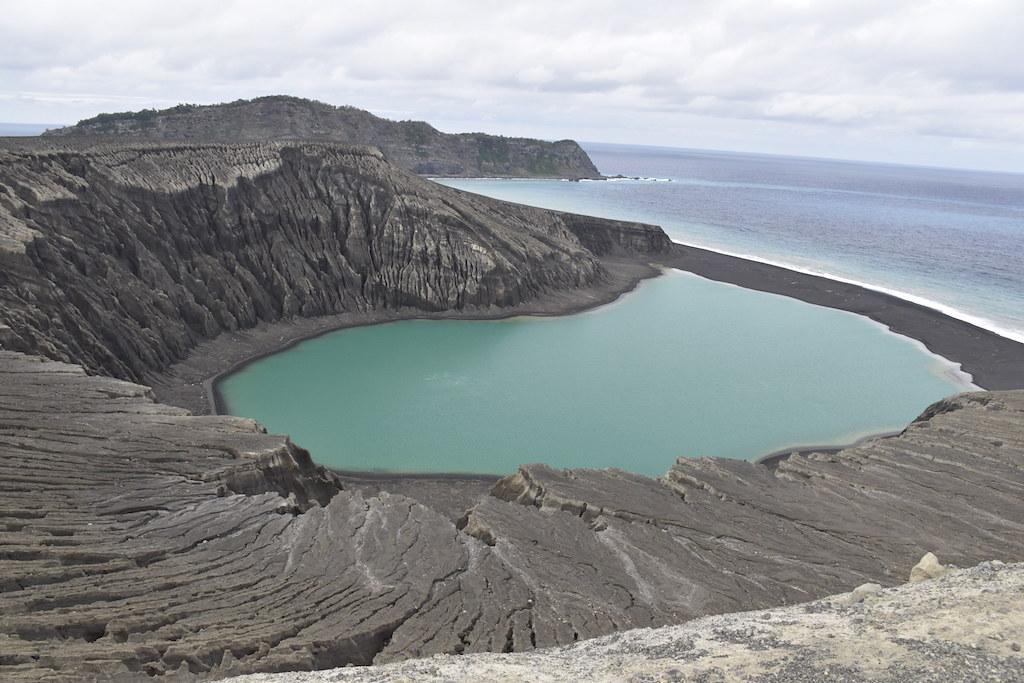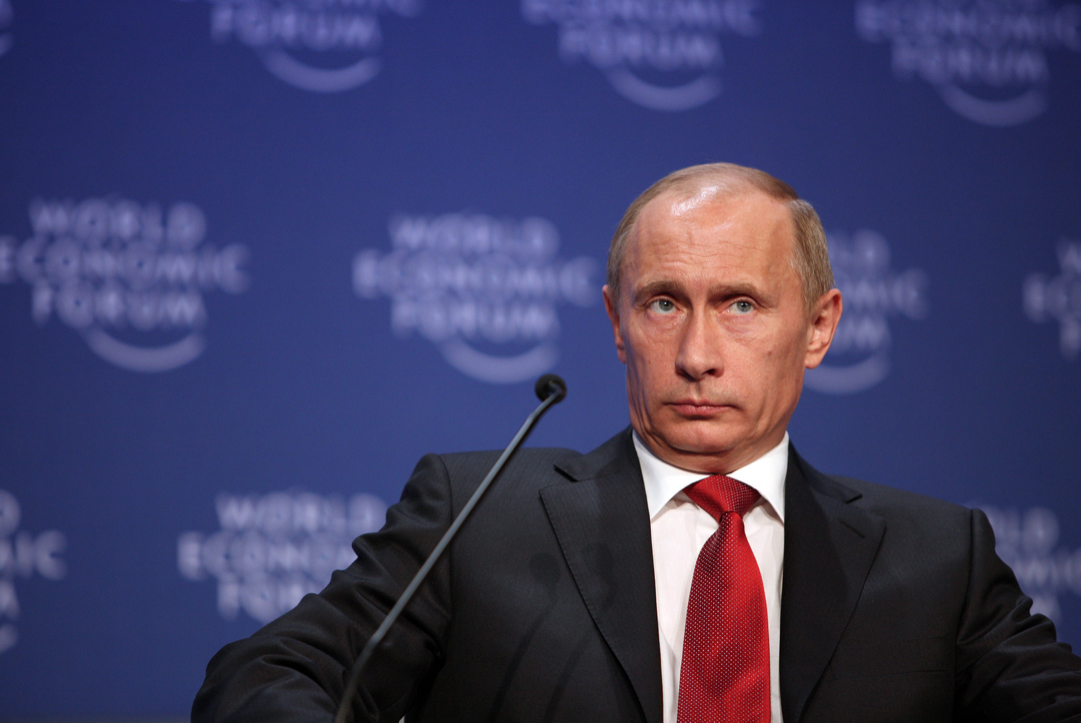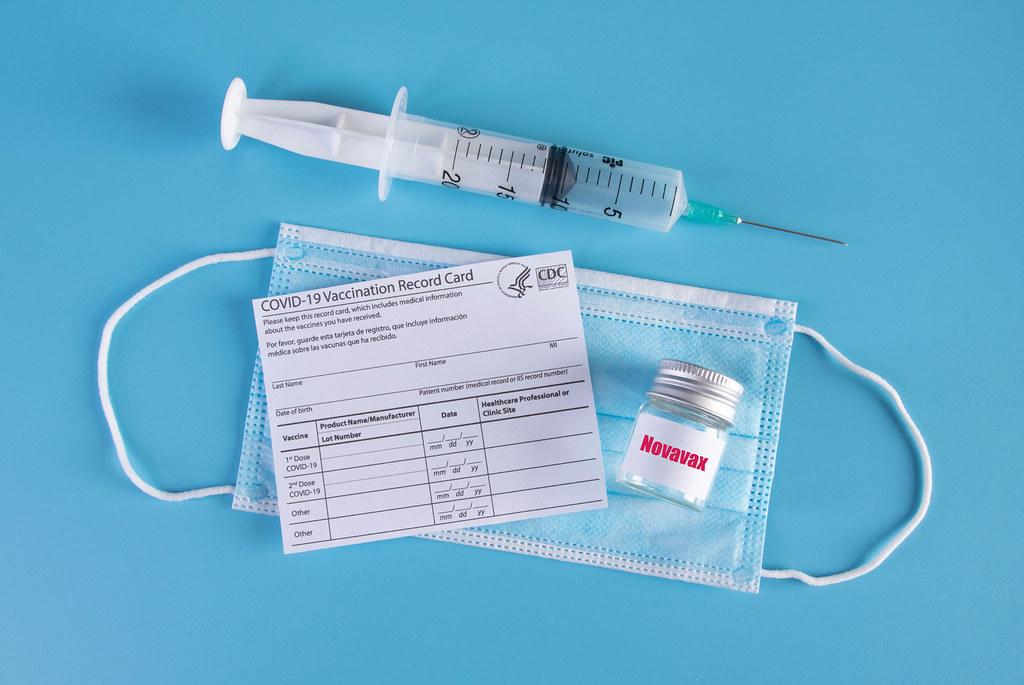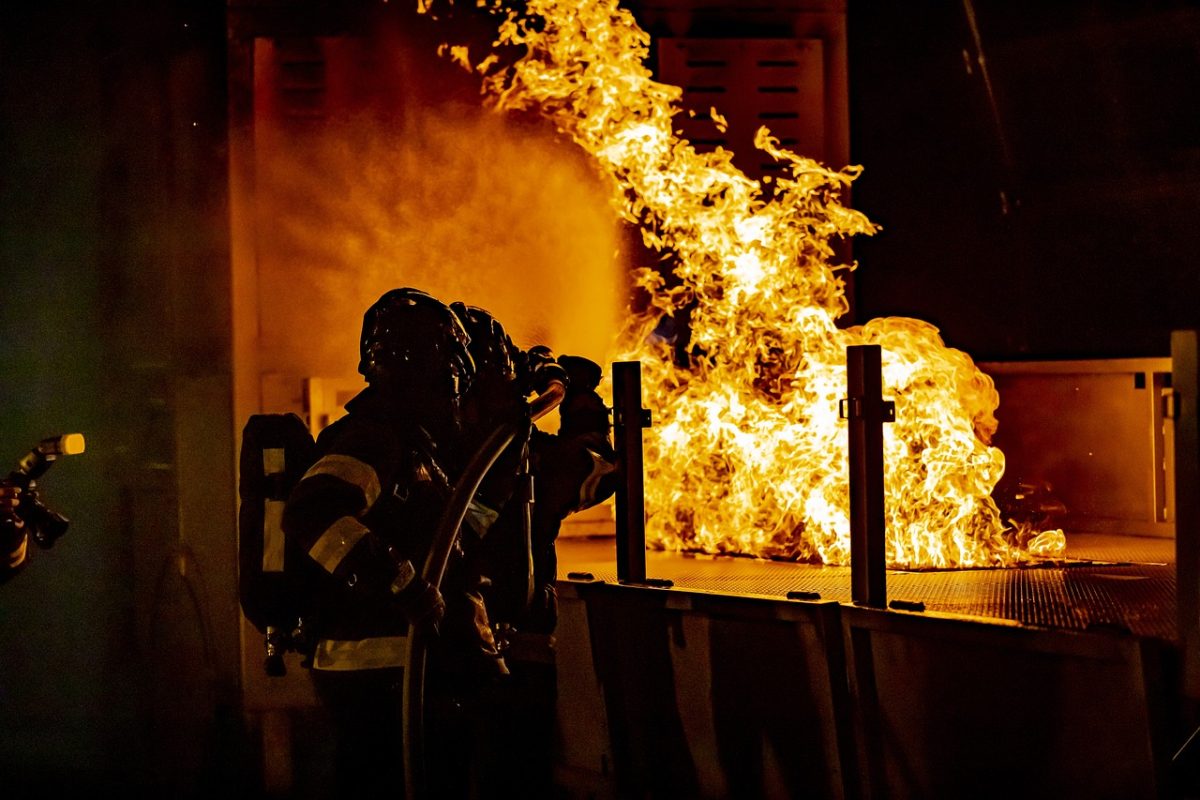On Saturday, January 15, 2022, the underwater Hunga Tonga-Hunga Ha’apai volcano near the Pacific island nation of Tonga erupted, the biggest recorded eruption in over 30 years. The consequences have been devastating for the people of Tonga, and the eruption has also caused tsunamis in other nations bordering the Pacific Ocean, as well as several recorded tsunamis in other oceans. The sound of the blast, 600 times more powerful than Hiroshima, was heard as far away as Anchorage, Alaska, 6,000 miles away from the epicenter.
In the days following the disaster, ash plumes reached 12 miles into the sky. The Tongan capital of Nuku’alofa is 20 miles south of the Hunga volcano, and the capital experienced a four-foot tsunami caused by the eruption, while other areas of Tonga were hit by waves as high as 49 feet. The extent of the destruction in Tonga is largely unknown, as the volcano destroyed undersea communications cables and stopped all flights in and out of Tonga. It has been confirmed that at least three people died on the island nation. Two people also died in Peru from resulting tsunamis.
The eruption spewed 400,000 tons of sulfur dioxide into the atmosphere, which is a relatively low amount since the volcano erupted for only 10 minutes. A larger amount of sulfur dioxide could have caused global cooling, but still parts of the Southern Hemisphere may experience slightly cooler weather for the next few months as a result of the eruption. The eruption did, however, cause a massive shockwave unlike any other recorded shockwave in the last 20 years. Scientists are concerned the wave could affect radio transmissions and GPS. The shockwave likely caused the worldwide tsunamis, as far-reaching as California, because the eruption occurred too far away from the United States to have directly caused the waves.
Drinking water and food are in short supply following the eruption, as the islands of Tonga were blanketed in ash and farms were destroyed. The international community has mobilized a response. The U.S. is sending $100,000 worth of water, hygiene kits, and more to Tonga. Some aid packages from Australia and New Zealand have already arrived, including sanitation equipment, water purifiers, shelter, hygiene kits, generators, and communications equipment. Another New Zealand ship will soon arrive in Tonga carrying 250,000 liters of water, and Australia has pledged $700,000 in aid. Meanwhile, India will provide $200,000 in aid immediately. The United Nations says it will provide necessary aid once its planes can safely land on runways in Tonga.
Much of the issue is simply the remoteness of Tonga, which is 1,400 miles away from the closest major country, New Zealand. The Tongan Navy has yet to survey many islands, including 10 that appear to have sustained some damage from the volcano. Most of the damage seems to be centered around the western parts of the Tongan islands. Cellular reception in the country has been reliant on clear skies, which of course is unreliable, and much of the country’s internet is not operational.
There have been concerns about two low-lying islands – Fonoi and Mango – that are near the Hunga Tonga-Hunga Ha’apai island on which the eruption occurred. A distress signal was received from Mango. Both the islands combined have around 100 residents, and damage has not been assessed on the islands. The death toll could rise once the Tongan Navy can survey the islands.
Tonga, which has only had one confirmed COVID-19 case throughout the entire pandemic, is also imposing strict quarantine guidelines for aid workers, with New Zealand providing contactless aid. As Tonga begins its long road of recovery from the massive eruption, the international community awaits further developments and reports from the remote islands.





































